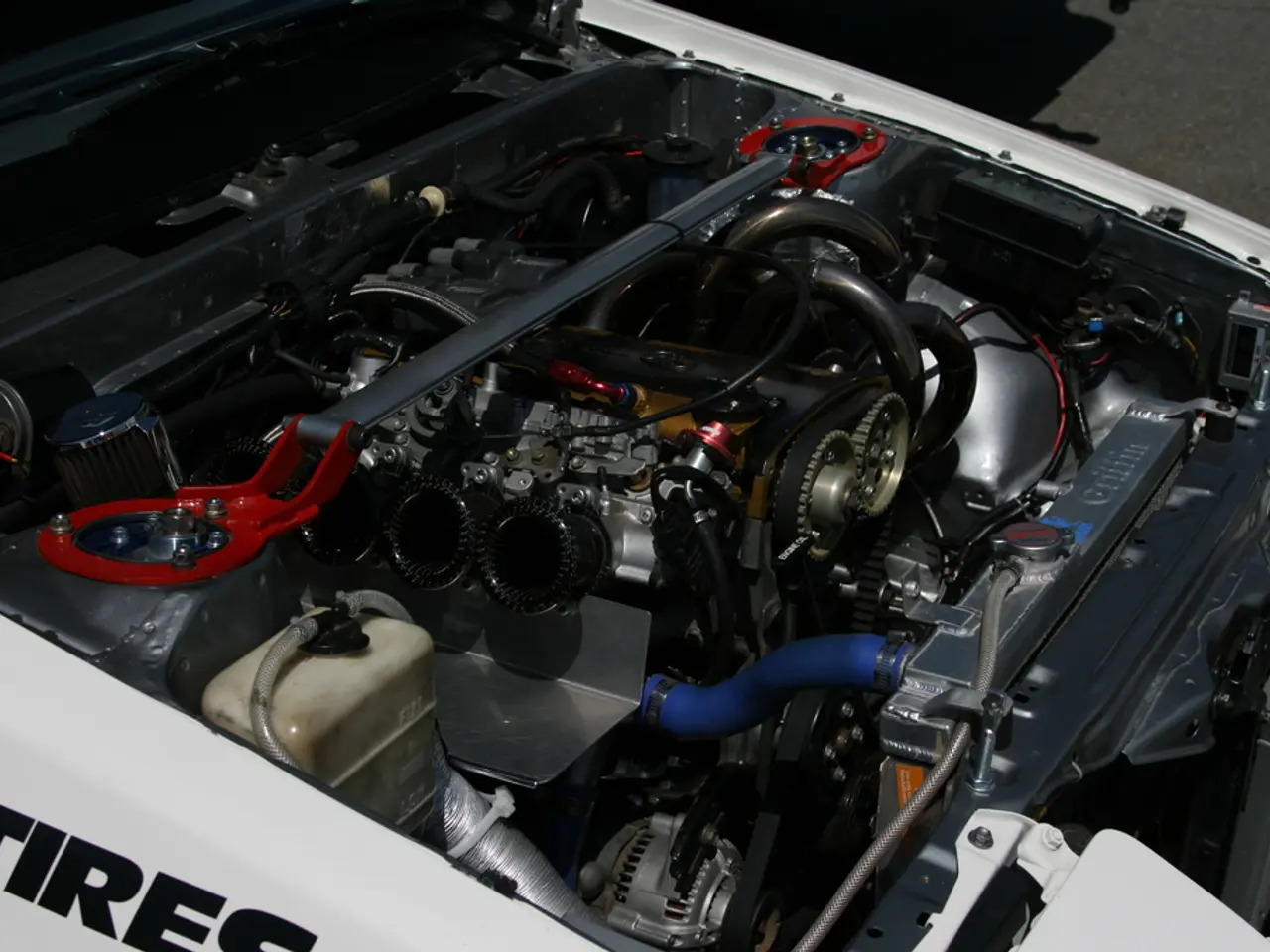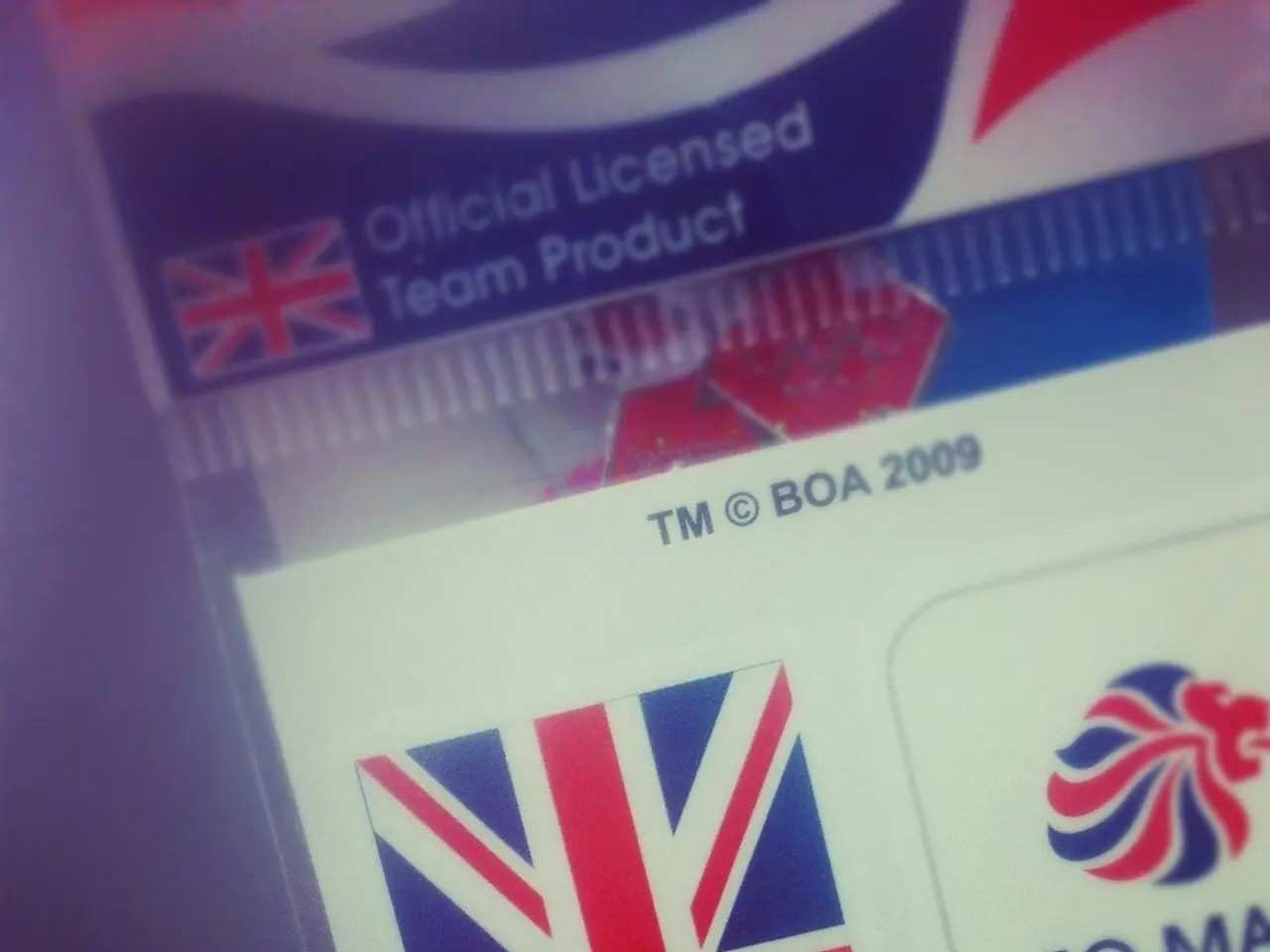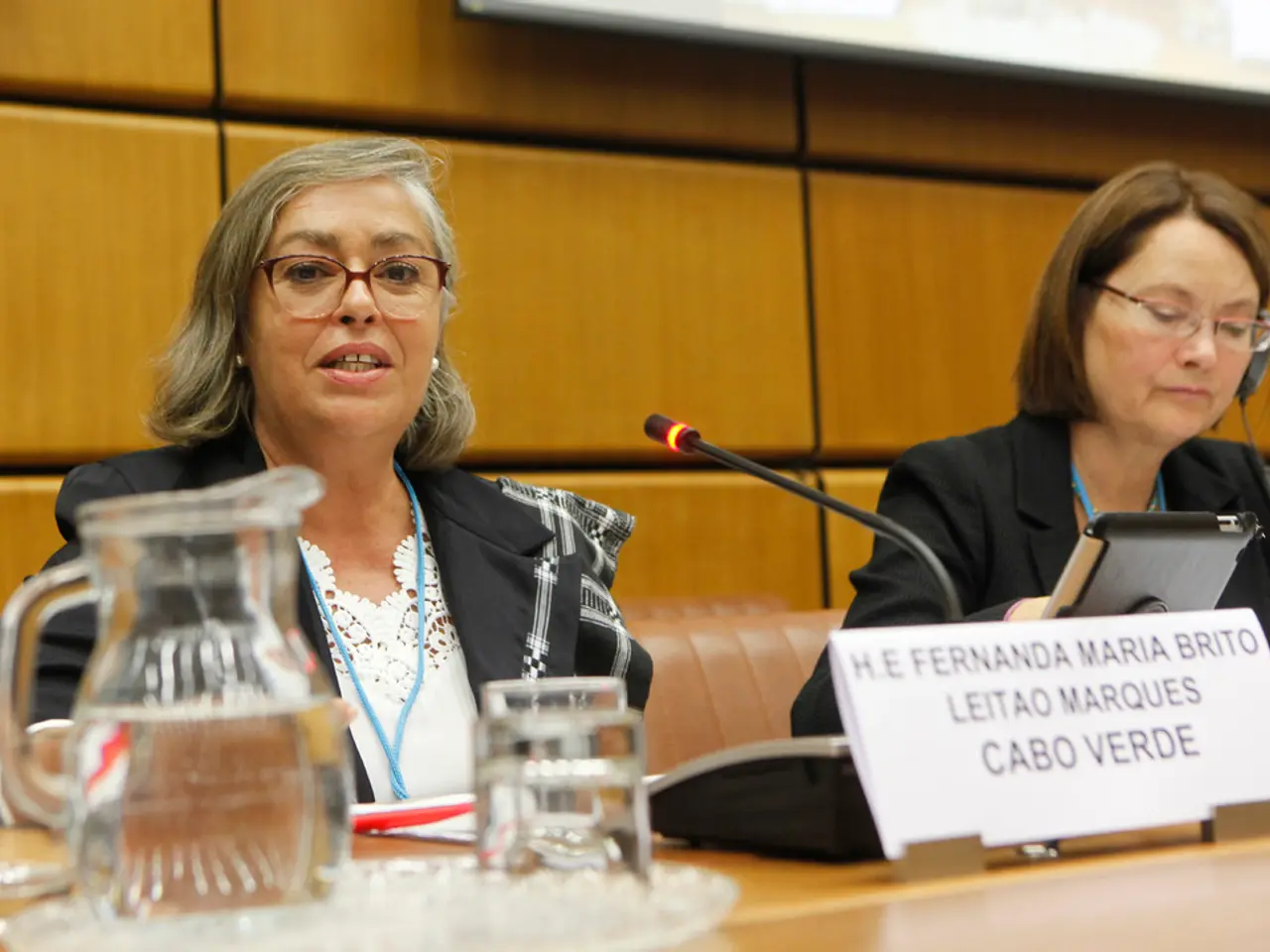Europe May Witness Installation of CATL Battery Swapping Stations
The world of electric vehicles (EVs) is witnessing an exciting development as companies like NIO and CATL are making strides in the implementation of Battery Swapping Stations across Europe. However, the pace of expansion is slower than initially targeted, with several promising developments underway.
NIO, a leading player in the EV market, currently operates around 60 battery swap stations in Germany, the Netherlands, Norway, Sweden, and Denmark. This is significantly below their original target of approximately 1,000 stations for 2025. Although NIO continues to open new stations, the growth has been more modest than expected.
NIO offers a flexible Battery-as-a-Service model in Europe, allowing customers to lease batteries and access swapping. This model, combined with options to upgrade battery capacity, offers convenience, particularly for long trips. NIO's stations provide a fully automated swap process in about three minutes, improving user experience and battery life through health checks and optimized charging.
CATL, a key battery manufacturer, is poised for potential expansion into Europe with its innovative battery swapping system, known as Choco-SEB. CATL plans to build 1,000 battery-swapping stations in China by the end of 2025 and aims to expand this to 10,000 stations over the next three years. The company sees battery swapping as having "huge potential" in Europe to reduce battery costs and extend battery durability by enabling battery leasing rather than ownership.
CATL has engaged in talks with local European car manufacturers about deploying their technology, although actual station rollout in Europe has not yet begun. Geopolitical and infrastructure cost challenges are slowing wider adoption in Europe, which have also affected NIO's rollout.
The Choco-SEB system uses battery blocks that resemble chocolate bars, offering two interchangeable models: the 20# model for vehicles with a wheelbase between 2.20 to 2.30 meters, and the 25# model for models with a wheelbase greater than 2.30 and up to 2.90 meters.
In comparison, Battery Swapping Stations are a system where the spent battery is removed and replaced with a fully charged one in the vehicle. This system allows for a full battery charge in a few minutes, making it an attractive option for EV users. Notably, the batteries in Battery Swapping Stations are rented, which significantly reduces the cost of acquiring the car.
In China, the Changan Oshan 520 is the first model to use this system, which is already on the market. The system is also expected to be implemented in the GAC Aion S, Hongqi E-QM5, SAIC Maxus Mifa 9, and Wuling Bingo models soon.
As the European market stands at a pivotal moment for battery swapping, infrastructure investments and strategic partnerships remain critical factors for success. While NIO leads in European battery swapping infrastructure with a tangible, though limited, presence, CATL's Choco-SEB system represents a significant future competitor that could accelerate the technology's adoption once scale and partnerships are established.
In the realm of contemporary environmental-science and technology, NIO's operational battery swap stations in Europe, such as those in Germany, Netherlands, Norway, Sweden, and Denmark, fall short of their intended 1,000-station target for 2025, despite ongoing expansion. CATL, with their innovative battery swapping system, Choco-SEB, aspire to revolutionize the field by establishing 10,000 stations in Europe over the next three years, leveraging the benefits of this technology for reduced battery costs and extended durability.



